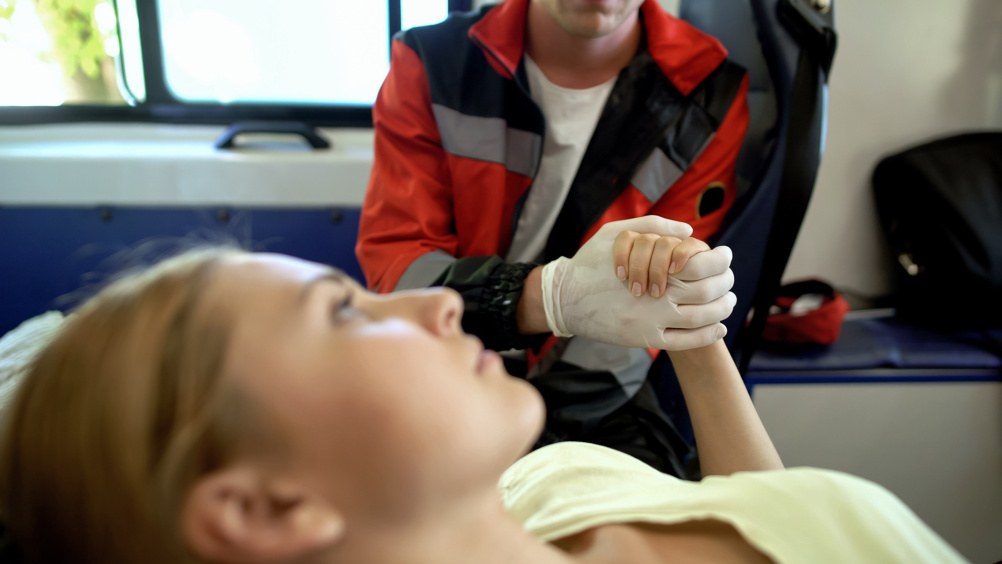References
Patients' lived experiences of paramedic interventions in southern England

Abstract
Objectives:
Taking patient experience into consideration is integral to providing high-quality healthcare. Paramedicine is developing rapidly and understanding what patients experience during a paramedic intervention is essential to the development of practice and the profession. The objective of this research is to explore patients' experience of paramedic interventions from their perspective.
Methods:
Qualitative, lived experience data were collected through semi-structured interviews and analysed through phenomenological thematic analysis. This allowed participants to express their experience in their own words. Data analysis was carried out alongside collection to assist with identification of data saturation and therefore sample size.
Results:
Patients' lived experience of paramedic interventions is characterised by four themes: action conquers fear; stop my pain; the journey starts here; and treat me as a person. Participants recognised that paramedic intervention is part of a journey of care.
Conclusions:
Patients of paramedics desire humane treatment, including pain reduction. They also place a high value on conspicuous action being taken, which reduces anxiety. Clinical competence and speed of response did not appear to feature in the data.
Paramedics intervene in the lives of patients to provide care and advice in a variety of settings during emergency and non-emergency situations. The experience of patients receiving a paramedic intervention has not been comprehensively described in the literature. This research addresses this by providing a broad insight into the experience of a person receiving a paramedic intervention during a perceived emergency in southern England.
Paramedic interventions tend to be brief and are often at the start of the patients' journey at a point of crisis (Swain et al, 2010; Munro et al, 2018; Ross et al, 2022). Understanding and learning from the experiences of patients at this point of crisis should be an integral part of providing care. Described as a pillar of high-quality care (Darzi, 2008; Doyle et al, 2013), the patient experience establishes a clear link between the voice of the service user and the clinician during patient-centred care.
Subscribe to get full access to the Journal of Paramedic Practice
Thank you for visiting the Journal of Paramedic Practice and reading our archive of expert clinical content. If you would like to read more from the only journal dedicated to those working in emergency care, you can start your subscription today for just £48.
What's included
-
CPD Focus
-
Develop your career
-
Stay informed

